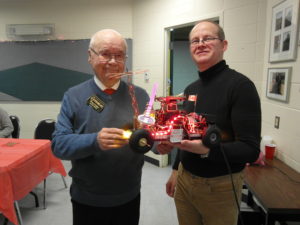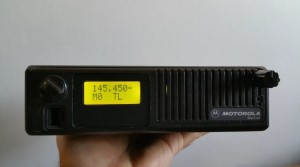- Home
- Registration
- Site Tools
- Articles
- Swap n Shop
- Contesting
- Grounding information for everyone
- History of the Central Alberta Amateur Radio Club
- CAARC owned Repeaters
- Club Repeater Info
- GMT Time Conversion Table
- VE/VA6 Incoming QSL Bureau
- Pine Lake Tornado Friday July 14, 2000.
- Amateur Radio to the Rescue
- CANWARN
- HAM Nation with Bob Heil K9EID
- Net info
- Events.
- ARES
- Links and On line study course.
- Field Day 2019
- Members D/L
- Forum/Swap and Shop
Articles
Field Day 2019– 99 pictures.
Jun 28th
I finally found a new Gallery widget to add multiple pictures at a time!! Check out the field day pictures by clicking the Field Day 2019 TAB right of the Swap and Shop. Thanks to Bob VE6BLD, John VA6SJA and Ray VA6RSO for the pictures.
Click any picture or click View Slideshow below the pictures.
Bob VE6BLD

Astronaut Owen Garriott, W5LFL, SK
Apr 16th
Amateur Radio in Space Pioneer Astronaut Owen Garriott, W5LFL, SK
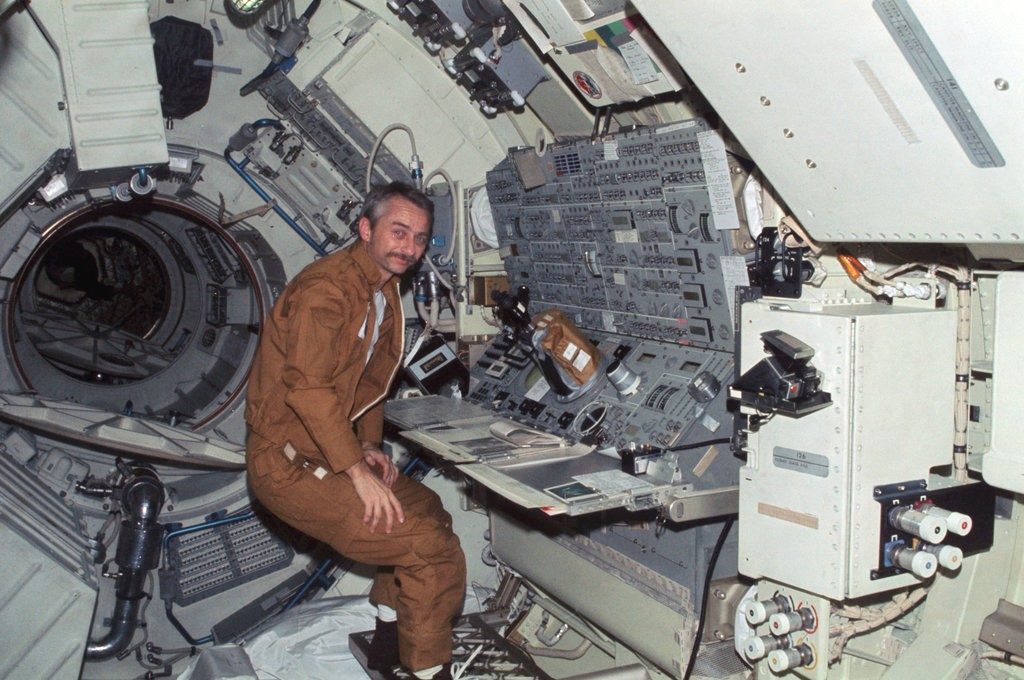

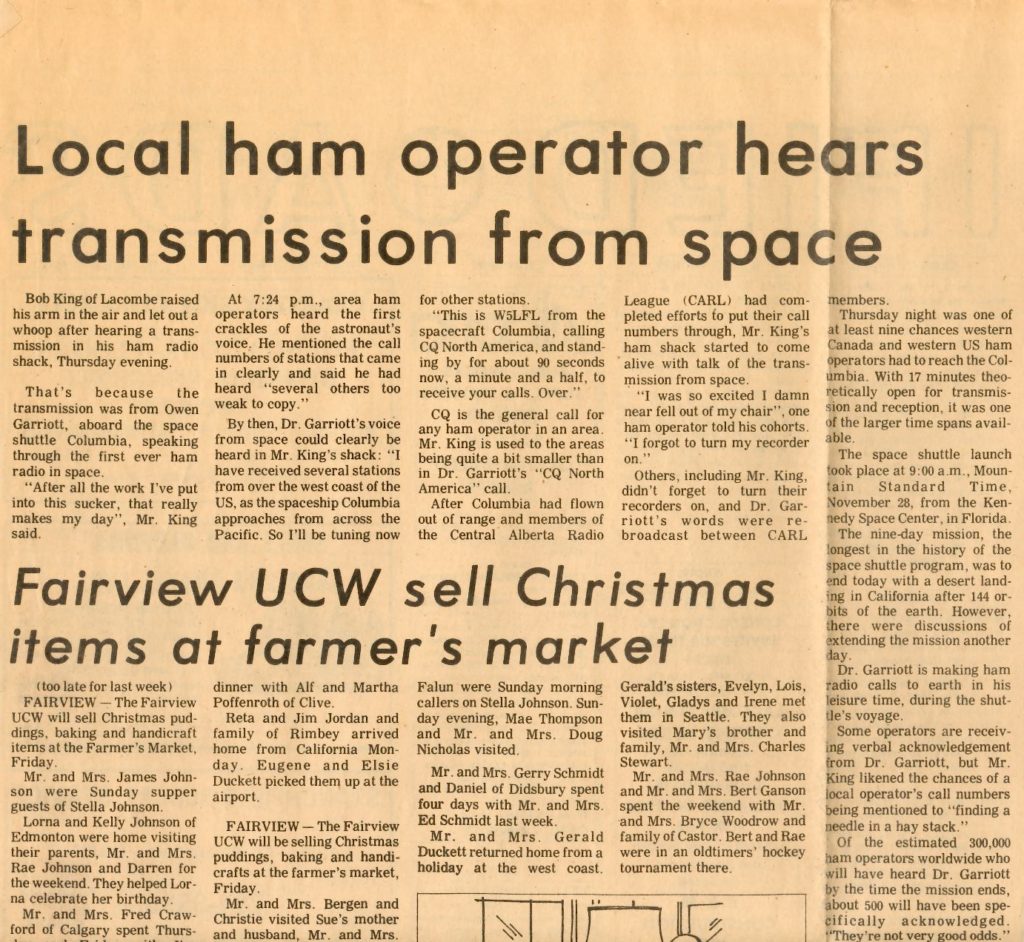
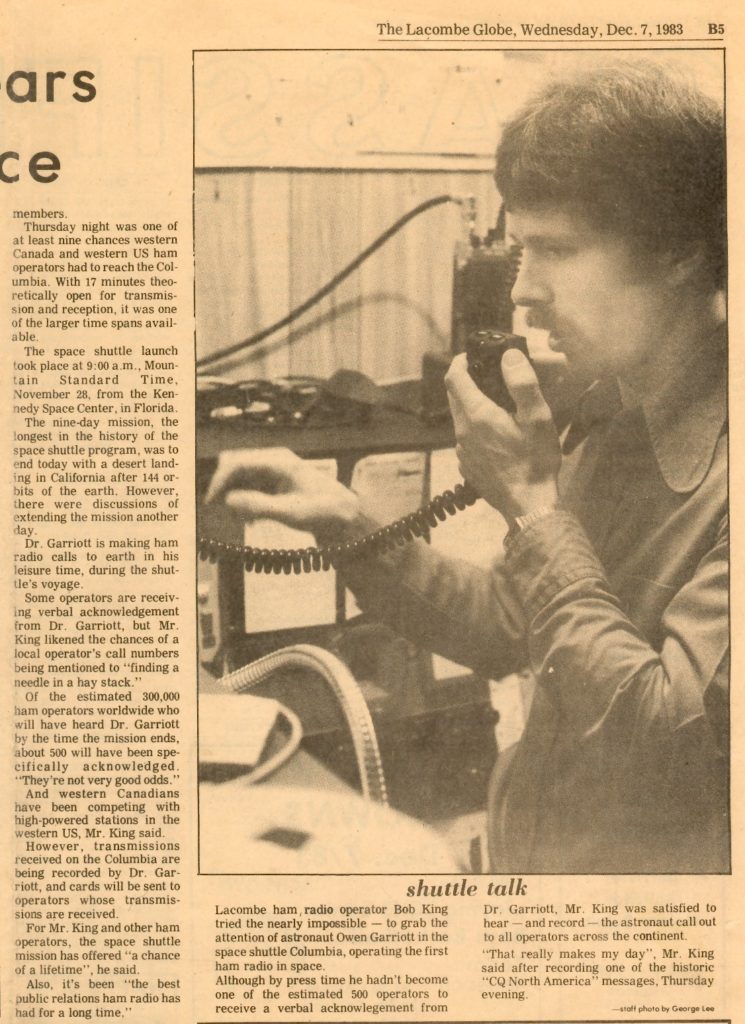
04/15/2019
The US astronaut who pioneered the use of Amateur Radio to make contacts from space — Owen K. Garriott, W5LFL — died April 15 at his home in Huntsville, Alabama. He was 88. Garriott’s ham radio activity ushered in the formal establishment of Amateur Radio in space, first as SAREX — the Shuttle Amateur Radio Experiment, and later as ARISS — Amateur Radio on the International Space Station.
“Owen Garriott was a good friend and an incredible astronaut,†fellow astronaut Buzz Aldrin tweeted. “I have a great sadness as I learn of his passing today. Godspeed Owen.â€
An Oklahoma native, Garriott — an electrical engineer — spent 2 months aboard the Skylab space station in 1973 and 10 days aboard Spacelab-1 during a 1983 Space Shuttle Columbia mission. It was during the latter mission that Garriott thrilled radio amateurs around the world by making the first contacts from space. Thousands of hams listened on 2-meter FM, hoping to hear him or to make a contact. Garriott ended up working stations around the globe, among them such notables as the late King Hussein, JY1, of Jordan, and the late US Senator Barry Goldwater, K7UGA. He also made the first CW contact from space. Garriott called hamming from space “a pleasant pastime.â€
“I managed to do it in my off-duty hours, and it was a pleasure to get involved in it and to talk with people who are as interested in space as the 100,000 hams on the ground seemed to be,†he said in an interview published in the February 1984 edition of QST. “So, it was just a pleasant experience, the hamming in particular, all the way around.â€
Although Garriott had planned to operate on ham radio during his 10 days in space, no special provisions were made on board the spacecraft in terms of equipment — unlike the situation today on the International Space Station. Garriott simply used a hand-held transceiver with its antenna in the window of Spacelab-1. His first pass was down the US West Coast.
“[A]s I approached the US, I began to hear stations that were trying to reach me,†he told QST. “On my very first CQ, there were plenty of stations responding.†His first contact was with Lance Collister, WA1JXN, in Montana.
ARISS ARRL Representative Rosalie White, K1STO, met Garriott when he attended Hamvention, “both times, sitting next to him at Hamvention dinner banquets,†she recounted. “Once when he was a Special Achievement Award winner, and once with him and [his son] Richard when Richard won the 2009 Special Achievement Award. Owen was unassuming, very smart, kind, and up to date on the latest technology.†Garriott shared a Hamvention Special Achievement Award in 2002 with fellow Amateur Radio astronaut Tony England, W0ORE.
Richard Garriott, W5KWQ, was a private space traveler to the ISS, flown there by the Russian Federal Space Agency, and he also carried ham radio into space.
EMO worker tries to drum up enthusiasm for ham radio
Oct 14th
EMO worker tries to drum up enthusiasm for ham radio
In an emergency, ham radio is an essential form of communication, Mike Johnson says

A free workshop about ham radios will be held in Sackville on Oct. 22. (Nicole Williams/CBC)
A ham radio probably isn’t the first form of communication a person thinks about in an emergency, but sometimes, it’s the only one that works.
Ham radios can use wireless transmission to send messages to battery-operated radios.
And they can be useful when large storms knock out telecommunications, says Mike Johnson, the Cumberland Regional Emergency Management co-ordinator.
He is partnering up with EOS Eco-Energy and the West Cumb Amateur Radio Club to hold a free workshop in Sackville to try get more people interested in ham radios.
Different technology
Johnson, who is also a member of the WestCumb club in Amherst, N.S., said that when we lose essential communications such as cellphones, landlines and the Internet — a ham radio can come to the rescue. Hurricane Michael, which struck Florida this week, devastated normal channels of communications.
Storms that knock out telecommunications for long periods of time create more problems for co-ordinated emergency response, he said.
He said he’s already seen how ham radios could help in New Brunswick.
In January 2017, a massive ice storm knocked out power to thousands in the northeast for days.
Operators dwindling
“It became very difficult,” said Johnson.
Today, ham radios are considered a hobby more than a necessity, and not many people know how they work.
“Our numbers are dwindling,” Johnson said of the amateur radio clubs.
But younger members are needed, especially since the clubs’ services may be needed even more as the climate changes.
“We still use Morse code to this day,” he said.
Requires a test
Johnson said there are a few steps to becoming a ham radio operator.
“You need to study, take the test, once you pass it’s a one-time cost,” he said. “It’s good for life.”
After that, it’s just buying the equipment to use. Equipment for amateur radio costs between $300 and $5,000.
The workshop will be held at the Sackville Royal Canadian Legion on Monday, Oct. 22, at 6:30 p.m.
Online petition about radio interference
Jun 11th
Online petition about radio interference
Deadline for signatures: October 4, 2018
Radio Amateurs in Quebec have told us of a petition involving a radio station that is “generating interference on purposeâ€.
While we have not had a chance to investigate the specific details of the incidents the petition refers to we agree with the importance of acting to support the security of high frequency communications.
Those interested in signing the petition can do so at the following website:
https://petitions.ourcommons.ca/en/Petition/Details?Petition=e-1631
The petition will be closed for signatures on October 4, 2018 at 9:33 am.
Alan Griffin
RAC MarCom Director
Jack Humphries VE6JRH/VA6IX Silent Key
Apr 15th

It is with sadness we announce the passing of Jack Humphries VE6JRH/VA6IX from Olds. Jack received his Amateur Radio license in June 2001 and had been very active on the bands ever since. Jack was very instrumental in helping many hams obtain their licenses and he made many friends on HF and VHF. Jack worked many stations around the world on various bands and was always listening and ready to engage everyone in a meaningful conversation. He will certainly be missed.
Jack’s funeral service will be held on Friday April 20th at 11:00 A.M. at The Church of Jesus Christ of Latter-day Saints, 3802 57 Ave. Olds.
The following is from a profile of Jack, written on the CAARC web site October 30, 2003.
I grew up on a farm southwest of Drumheller, Alberta, just south of the Horse Shoe Canyon. I came down with Diabetes Mellitus in 1947, which certainly changed my way of life.
My father took ill in 1950 and my work load at age eight got considerably heavier, with lots of chores to do. Dad then suffered a stroke in 1952 and work around the farm got a lot harder. I started driving truck and hauling grain when I was ten years old. Dad passed away in 1953 when I was eleven. I had a younger brother and two younger sisters.
I met my XYL in Calgary during 1960 and we went our separate ways until we married in 1965. We lived in Calgary, on 42nd Street SW, had two children, a boy and a girl. We subsequently moved to Olds, Alberta in 1969. We bought a shoe store in 1974 and sold it during the devastating inflationary early eighties. I presently work in Life Insurance and Mutual Funds as an independent broker.
Please click this link to read the complete profile of Jack.

CAARC Members receive awards for volunteering during the last year.
Dec 20th
CAARC Members receive awards for volunteering during the last year. Congratulations to the members who received Volunteer Service and Volunteer Service with Excellence awards.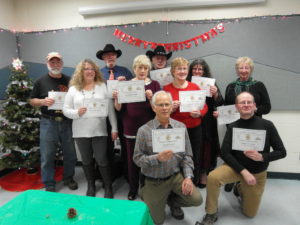
Congratulations to Doug VE6DJC on winning the GIZMO! We look forward to seeing what he adds to it for next year’s Christmas dinner!
New volunteer net control operator
Apr 19th
We have a new volunteer for the Monday evening net controller.
Thanks to Maria VA6TFL for your willingness to help with the net.
Any other volunteers would be welcomed to add to the list.
Thanks to the five other net controllers for taking your turn.
Please check Updated Net Controller List under the Net info TAB
73
Bob VE6BLD
CAARC Net Controller Co-ordinator
All Band portable antenna
Dec 8th
Portable All Band Antenna
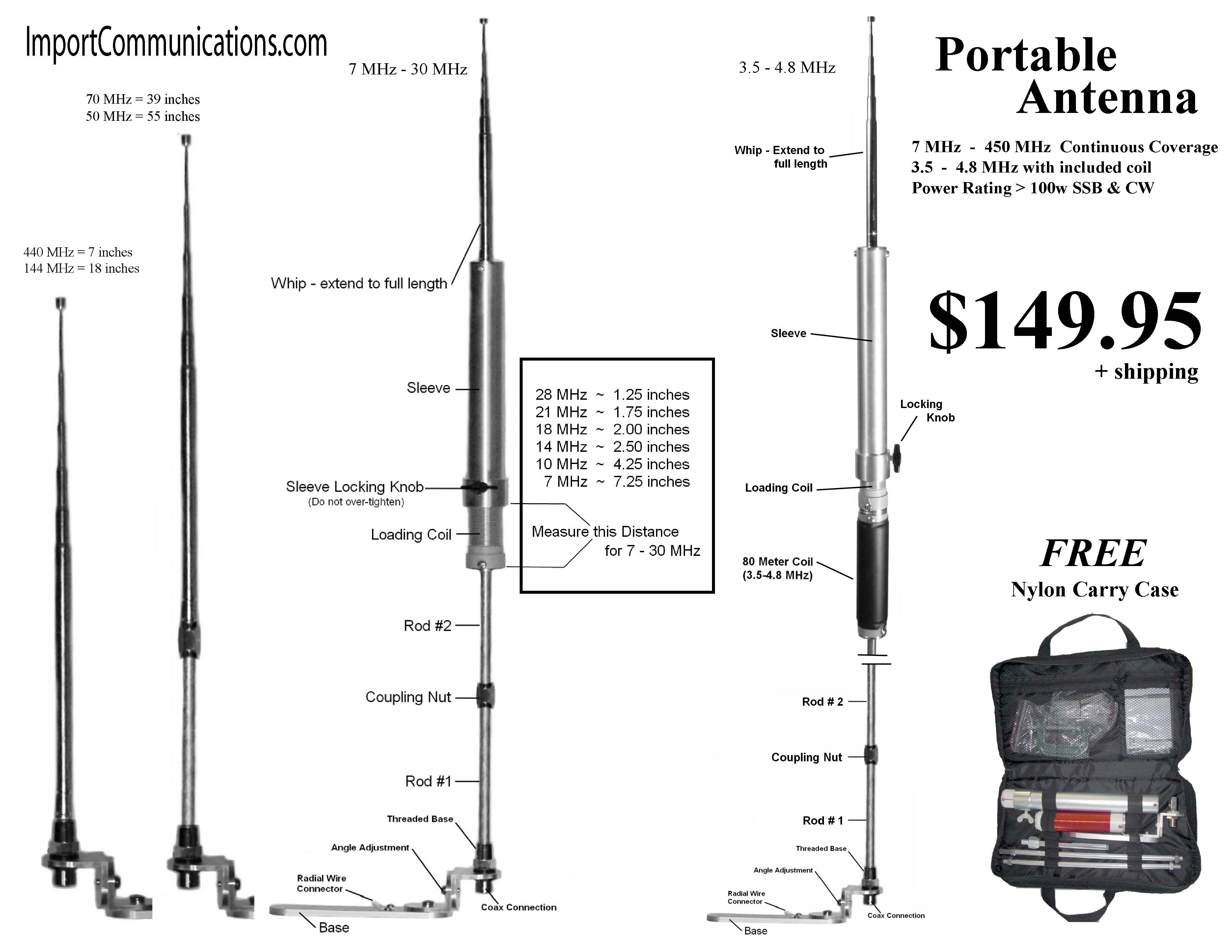 |
manually adjustable for any HF frequency band 7 – 30 MHz
plus VHF & UHF bands 50 MHz / 144 MHz / 440 MHz

New CAARC Executive for 2015 – 2016
Nov 24th
The Annual General Meeting was held on Wednesday Nov 18th at the Red Deer Search and Rescue. Congratulations to the members who were elected to the new executive.
CAARC Executive for 2015 – 2016
Past President   Bob King VE6BLD
President– Stephen Lee VA6SGL
Vice President– Rod Lins VE6XY
Secretary-Â Sandy Jacobs VE6SND
Treasurer– Karen McKinney VA6LDY
Directors
- Brian Davies VE6CKC
- Garry Jacobs VE6CIA
- Greg McKinney VA6GMC
- Jeff Low VA6JL
- Mike Mailiot VE6MIM
 Appointments
Repeaters
Skip MacAulay VE6BGT
Emergency Coordinator
Jeff Low VA6JL
Publicity
Bob King VE6BLD
Webmaster
Bob King VE6BLD
Net Control
Bob King VE6BLD

Maxdroid
Sep 9th
Maxdroid
Modification to add a digital display and continuous frequency selection to VHF/UHF Maxtrac transceivers.
By
Avinoam Albo, 4X1HF Avinoam.albo@gmail.com
December 2014
Conversion of a Maxtrac to a transceiver with display and frequency selection
In this article I will explain how to convert the venerable Maxtrac to a rig more user friendly to radio amateurs. The modification requires  the addition of only a few inexpensive and easily available components. When the modification is completed you will have a rig with digital display and frequency selection enabling continuous  coverage over the whole range of frequencies  where the VCO locks. An external programmer is no longer needed.
Disclaimer: Carrying out the modification described requires basic electronics skills. Any modifications are the sole responsibility of the technician. This modification will likely void type certification for commercial radio service.  This article does not make any specific claims or recommendations.
Specifications of the transceiver after this modification
- Digital display
- Continuous frequency selection
- Selection of transmitter output power (2 levels or more)
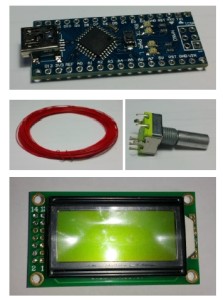
- Selection using VFO or memories
- Selection of VFO frequency steps (5K, 10K, etc.)
- Receive PL (on/off)
- Scanning and saving frequencies to memory (future)
Required ComponentsÂ
- Maxtrac VHF or UHF
- Arduino Nano 328 controller
- Rotary encoder
- LCD 08 X 02 (8 characters x 2 lines)
- 3K, 4.7K, 8.2K, 10K resistors
- Fine gauge insulated hookup wire such as wire wrap wire
Programming the transceiver More >

